Meet Design Guild Mark Judge Peter Thwaites
Each designer awarded a Design Guild Mark for a piece of their work can be confident that they have created a design which demonstrates design excellence. The Design Guild Mark judging process is rigorous, involving a carefully selected panel of industry leading design professionals. Within this series we will introduce you to a selection of the Design Guild Mark judges, learn about their design ethos and which previous winners particularly caught their eye. We continue our series by meeting Peter Thwaites, Design Director at Rapture and Wright.
Applications are now open. Don’t miss the extended final deadline: 28th January 2022. Find out more about criteria, categories and application process by clicking here.
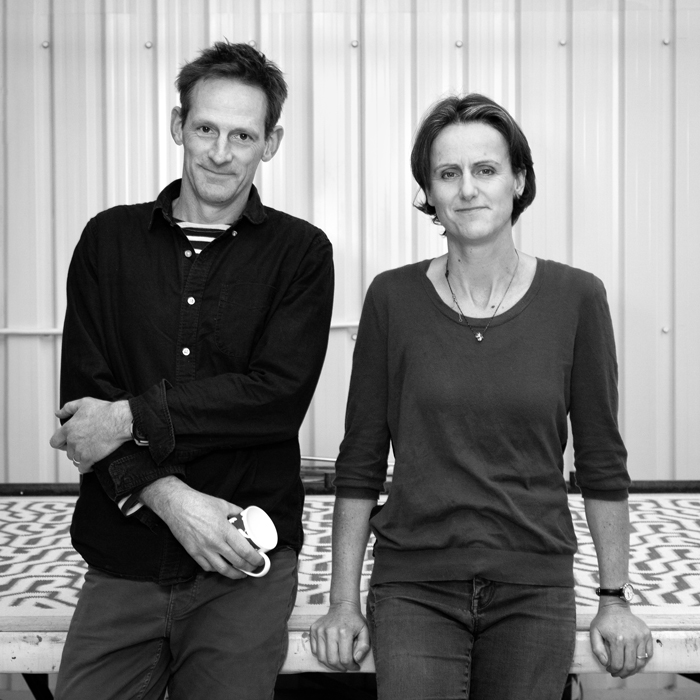
After training as an illustrator, Peter worked for interior designers around the world before founding the fabric and wallpaper design studio Rapture & Wright with Rebecca Aird in 2004. Rapture & Wright adapt age old techniques in clever ways to make fabrics and wallpapers for contemporary and classical tastes alike.
Based in Rural Gloucestershire, Rapture & Wright have developed an award winning, innovative ecological print works as part of a blue print for manufacturing businesses to work within the highest ecological parameters.
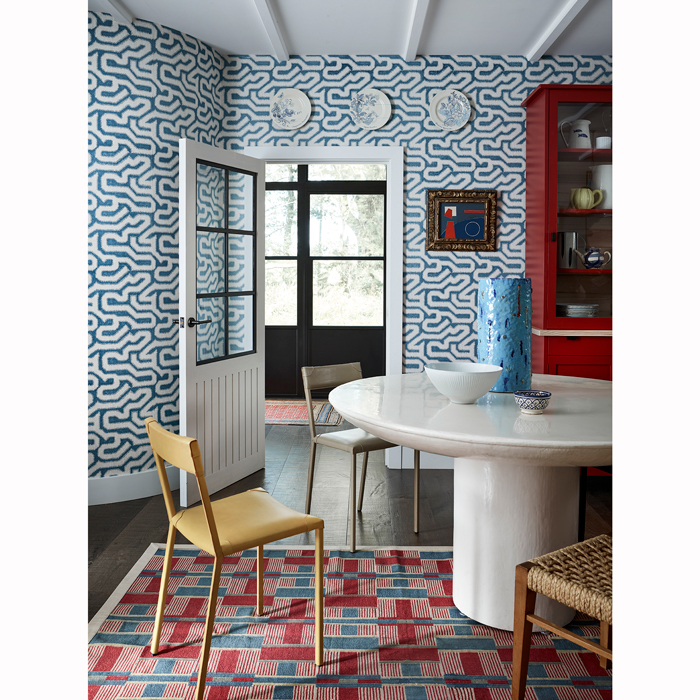
When discussing the Design Guild Mark 2021 Peter said:
“The 2D category of the Design Guild Mark covers an enormously wide scope and it is always fascinating to see the increasing breadth of companies and disciplines that submit entries. In all cases, the judges would rather be guided through the failures and triumphs of the design journey by those that wrung a solution from adversity, than presented with a finished product by those employed to sell it. As with last year’s awards, the entries that impressed the judges most, were those that managed to combine innovation and original thinking with an environmental and ethical consideration. Moreover, good design should both excite us as fellow designers and consumers and have the integrity to move us as humans.”
What does design excellence mean to you?
At its heart, design is about solving problems, importantly it is also about asking questions. Good designers have an inquisitive, holistic approach to problem solving. Answering the initial brief is only the start. You should also investigate everything about the production methods and their impact. For too long financial efficiency and increasing profit was the only measure – to the detriment of the environment and community.
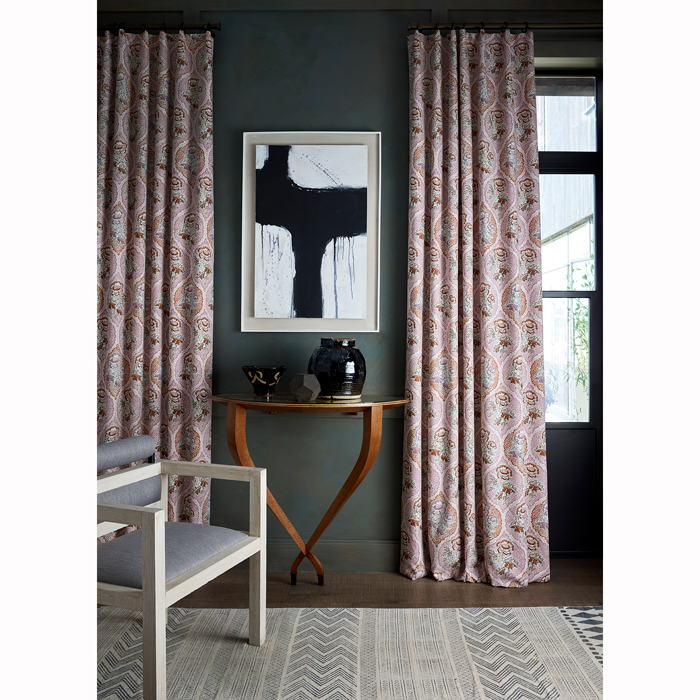
The journey to answering a brief might throw up more questions than answers. In pursuit of design excellence, one should be willing to rip up the status quo and challenge conventional thinking.
When setting up Rapture & Wright, we failed to find the quality and accountability that we were looking for via the normal route of outsourcing, so we developed our own print studio and starting working with the few remaining UK weavers and suppliers to develop cloth and inks specifically suited to our methods. In-house production has given us a holistic oversight of the entire process from the production of the cloth, through printing and ink disposal to the packaging and dispatch of orders. We believe that the way we manufacture our cloth is as important to the final item as the design that we print upon it. The ultimate aim for ours and all businesses should be regenerative production.
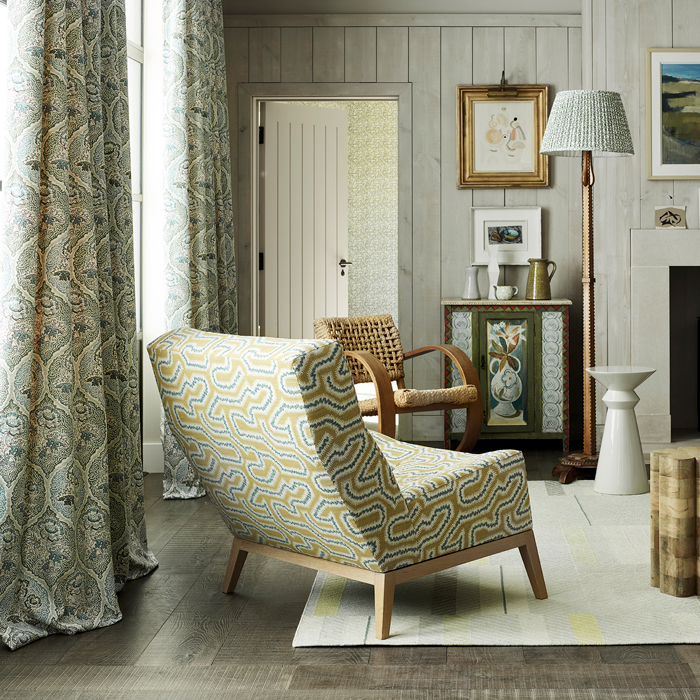
What is your personal approach to design/design ethos?
My personal approach to design is eclectic and varied. Influences we have used in the studio recently, range from Japan to West and North Africa via Aboriginal Art and the Ottoman Empire. I believe it’s vital to have a really broad knowledge of design styles. It’s fascinating to see how the same iconography is repeated throughout history. Rather than copying one particular historic design we re-interpret and combine a “vocabulary” of elements from different ages and styles that I keep as drawings, jottings and tear sheets in sketchbooks.
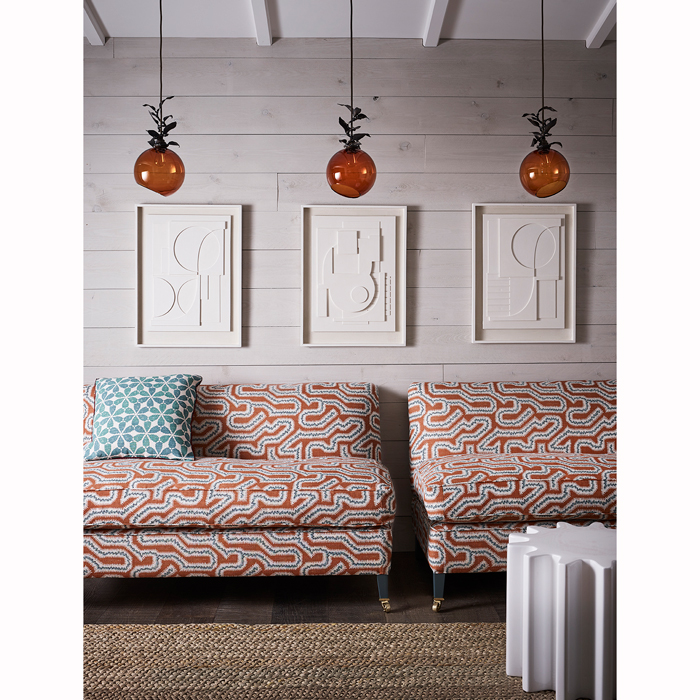
An example of this development process was our Moorish Maze and Albaicin designs from last year. For several years, a photo of artist Richard Long’s 1994 ‘White River Line,’ had been pinned to the inspiration board in our studio. We loved the energy of the line, that seemed at the same time abstract and ordered, we knew that it deserved to inspire something amazing – but nothing sparked. As we drew version upon version, the emerging design was reminiscent of some of the Moorish decoration seen in the Alhambra, all be it with an added West African or even Memphis vibe. That gave us the direction we needed.
Why is it important to you to support the Design Guild Mark?
There are a plethora of Design Awards out there, but I do feel that the Guild Mark is different. The award is for designers – cross examined by a panel of their peers, all with expertise specific to the category that we judge.
Secondly, we don’t have to award any Guild Marks or we could award everyone a Guild Mark (that would be unusual!) There are no categories or classes needing to be filled. If the work meets the criteria and impresses the judges, we award a Guild Mark.
We judge on a broad scale from innovation and imagination to sustainability. I haven’t come across an award that has such a wide scope of demands.
Good design is so often unrecognised in every day life, precisely because it works. But think how annoying and inefficient bad design can make life. Even the most modest item, well designed, brings joy. It deserves to be recognised.
The judging process is always fascinating and inspiring for the people that we meet and the projects that we examine. As judges, we also have some pretty frank discussions, which is always enlightening.
What are you looking forward to discovering within the 2022 entries for the Design Guild Mark?
I’m looking forward to hearing tales of hopeless failure, that have led to ingenious solutions.
I’d like to be presented with ideas that make me say “I wish I had designed that.”
I’d like to talk to designers who make me think “I want to learn more about this…”
I’d like not to listen to a marketing manager who doesn’t really know very much about the story of how their product was developed.
Most of all, I’m hoping to talk to a range of designers who are passionate about their work and willing to think differently.
Which previous winning design particularly caught your eye and why?
There were two items that I particularly remember.
Axminster Carpets in 2019: This stood out because of the presentation. A story of initial frustration and failure in tackling the brief, but ultimately success in discovering a new way of working and a beautiful solution.
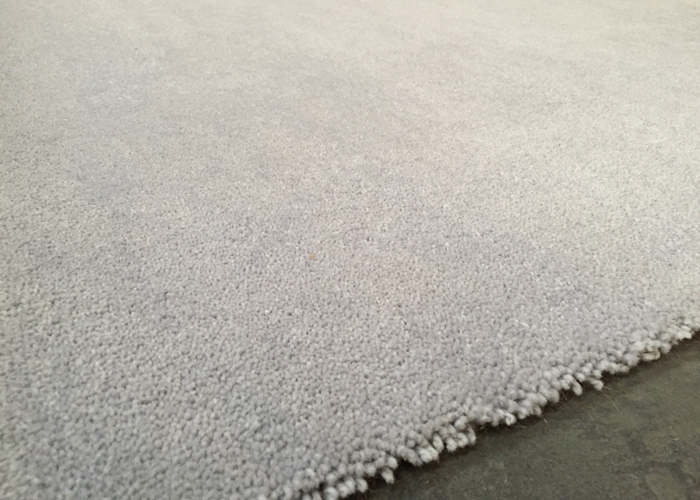
That’s Caffeine 2019: A clever idea with huge potential, that grew out of thinking differently. There are plenty of obstacles to ultimate success, but all the judges were excited by the concept, and unified in wanting to support the designer with a Guild Mark.
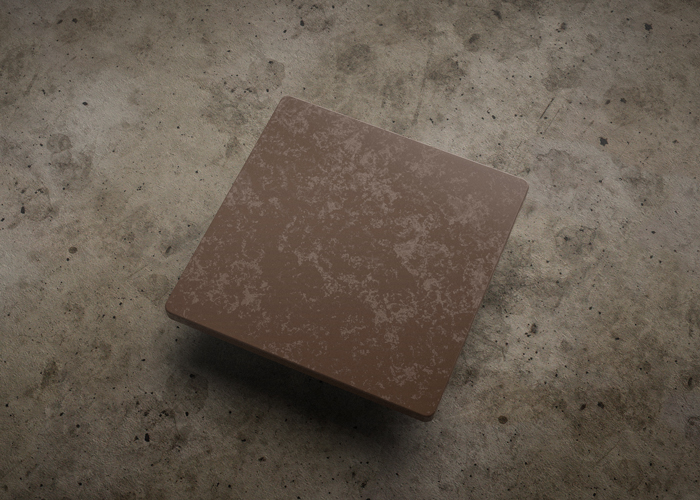
DGM 228: Aalya designed by Gary Bridge for Axminster Carpets
A beautiful natural wool product being the first woven product to incorporate Alpaca wool in the market. The range is a blend of on trend pastel colours developed to have a very soft feel but still retaining good wear properties.
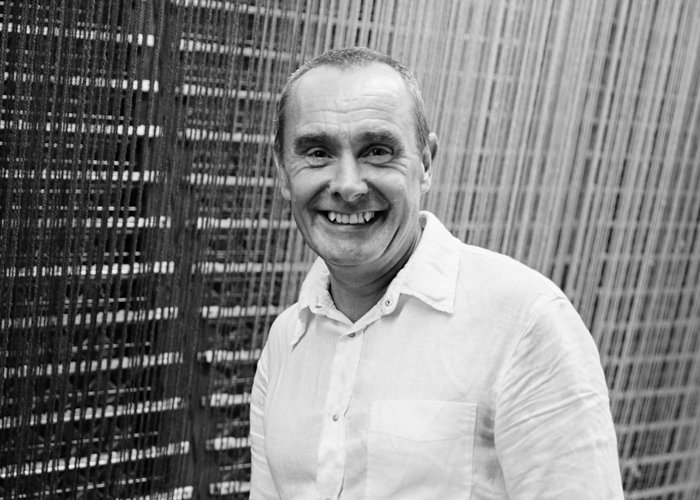
Gary Bridge stated:
“I am immensely proud to see Axminster Carpets awarded the Design Guild Mark for the Aalya Collection. The challenge was to make a beautiful, natural wool product that was plain but not plain – a design that was both subtle in design that gave the effect of soft brushed velvet. It is great to receive recognition for innovative product development that also proudly strives to support wellness in the home and sustainability credentials.”
DGM 230: That’s Caffeine designed by Atticus Durnell for Atticus Durnell
A project inspired by the ideology of sustainability and amount of coffee-related waste. That’s Caffeine is a material made directly from used coffee grounds. That’s Caffeine would greatly reduce waste and divert it from the landfill. The concept aims to take advantage of these readily available materials and make them into something long lasting. The amount of daily coffee consumption worldwide is growing, thus the potential of reusing its waste for further uses is enormous.
 Atticus Durnell stated:
Atticus Durnell stated:
“Winning this widely recognised award in the design world is a very important moment in my career. It definitely improved my confidence level about my work and it’s an indicator that I’m going in the right direction. Endorsement of the Design Guild Mark will surely transition into trust in this product from potential investors and business leads. Being prized with this award puts me closer to the designers I look up to and help me follow in their footsteps.”
Design Guild Mark. An award for excellence in British design.
The prestigious Design Guild Mark is awarded by The Furniture Makers’ Company in order to drive excellence and raise the profile of British design and innovation. Applications are now open. Don’t miss the extended final deadline: 28th January 2022.
Find out more about criteria, categories and application process by clicking here.




